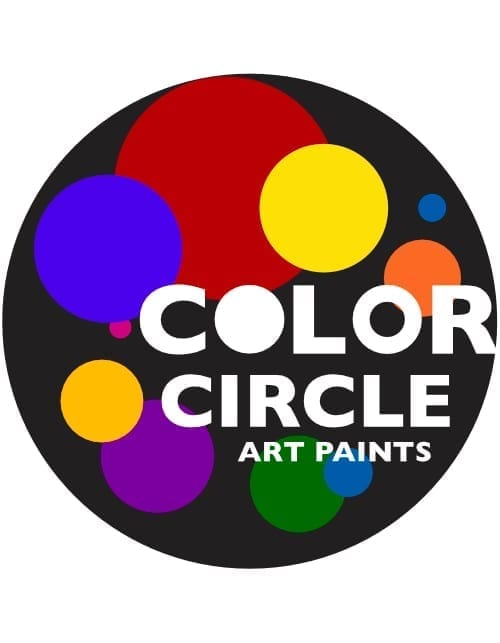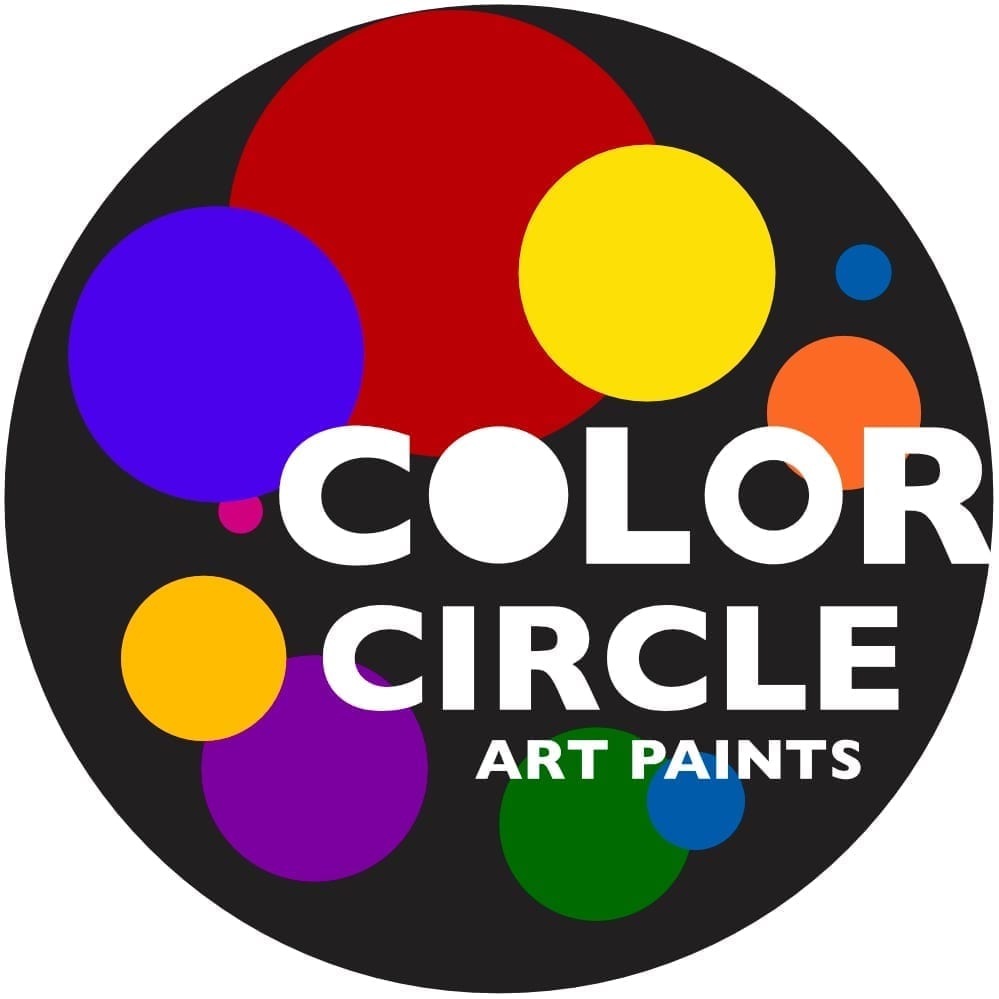1. You don’t have enough time to paint color discs with the whole class
Make your own painted color discs and working materials available to the students.
We will be happy to send you templates for designs, research assignments and color combinations by email, or you can experiment and develop your own designs.
If two discs are held on the overhead projector, on a (simple) light table or against the light and rotated against each other (caution: never point them directly into the sun or very bright light sources!) or used as a spinning top, the pupils discover very quickly how mixed colors are created. Pupils can also research further information on the subject of color on the website.
2. The students paint the disks themselves and experiment with them
After you have experimented yourself, you are sure to come up with lots of ideas for lively projects on the subject of color.
In addition, ideas and teaching units directly from practice are available free of charge under → Downloads Box on the COLOR CIRCLE website.
• You can let the students experiment freely – or you can give clear instructions with targets.
• Let them experiment first, even if the best designs and color combinations don’t emerge immediately.
• The desire to experiment creatively arises automatically.
• Through active discovery, learners very quickly and sustainably grasp how color mixtures are created.
• The color theory can follow later!
• You can continue to use your own materials or orientate yourself on other color models and teaching concepts.
Further tips
We have developed special dilutions of some of the Color Circle Art Paints range.
The paints for the Colorwonderbox are designed to be highly transparent yet still have a strong color – and when two (or more) discs are combined, they produce new optical color mixtures. The thickness of the paint layer determines how brightly the colors shine.
We have produced versions of thinners that you can easily modify.
Tip: Paint directly from the bottles instead of using a brush.
– With a little pressure on the bottle, you can finely dose the paint application and color strength.
– This will save you a lot of paint, you will hardly have anything to clean, and you will create homogeneous areas of paint.
– Please note that the drying time of a paint application always increases slightly with increasing layer thickness.
– Exact contours can be drawn with toothpicks after “pouring” with teh bottles.
– If you want to paint colors that are exactly separated from each other, you should separate adjacent areas by leaving a free edge or paint the adjacent color area after one hour at the earliest.
– Caution! Never lay the slices directly on top of each other, they will stick together for a long time.
– After drying, you can cover the slices with clear self-adhesive film and cut along the border.
– It is best to store them in CD or DVD cases.
Other possibilities:
• Draw lines directly from the bottle with white glue and allow drying
• Apply lines with a hot glue gun (e.g. UHU gun LT110 with a low melting temperature of 110 degrees. Caution from burning!).
• If the paint application is too thin, you can paint over it again.
• However, wait until the first area of paint is thoroughly dry.
• Put the lids of the bottles to one side when you start work.
• Do not close the bottles until you have finished your creative work.
• Clean the spout of the bottles with a damp cloth before closing them.
v Stubborn paint residue can be easily removed with methylated spirit.
• Caution! Never place the discs with the paint layers on top of each other, they will stick for a long time.
• If you want to lay two disks on top of each other, turn the unpainted sides towards each other.
• The CD jewel cases are ideal for storing the disks. You and your students are sure to have jewel cases lying around.
• DVD boxes are also very suitable for storage.

